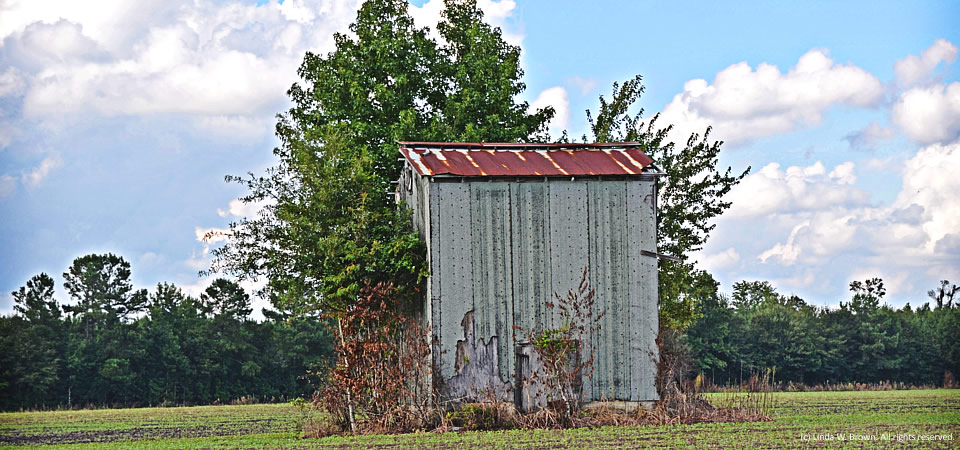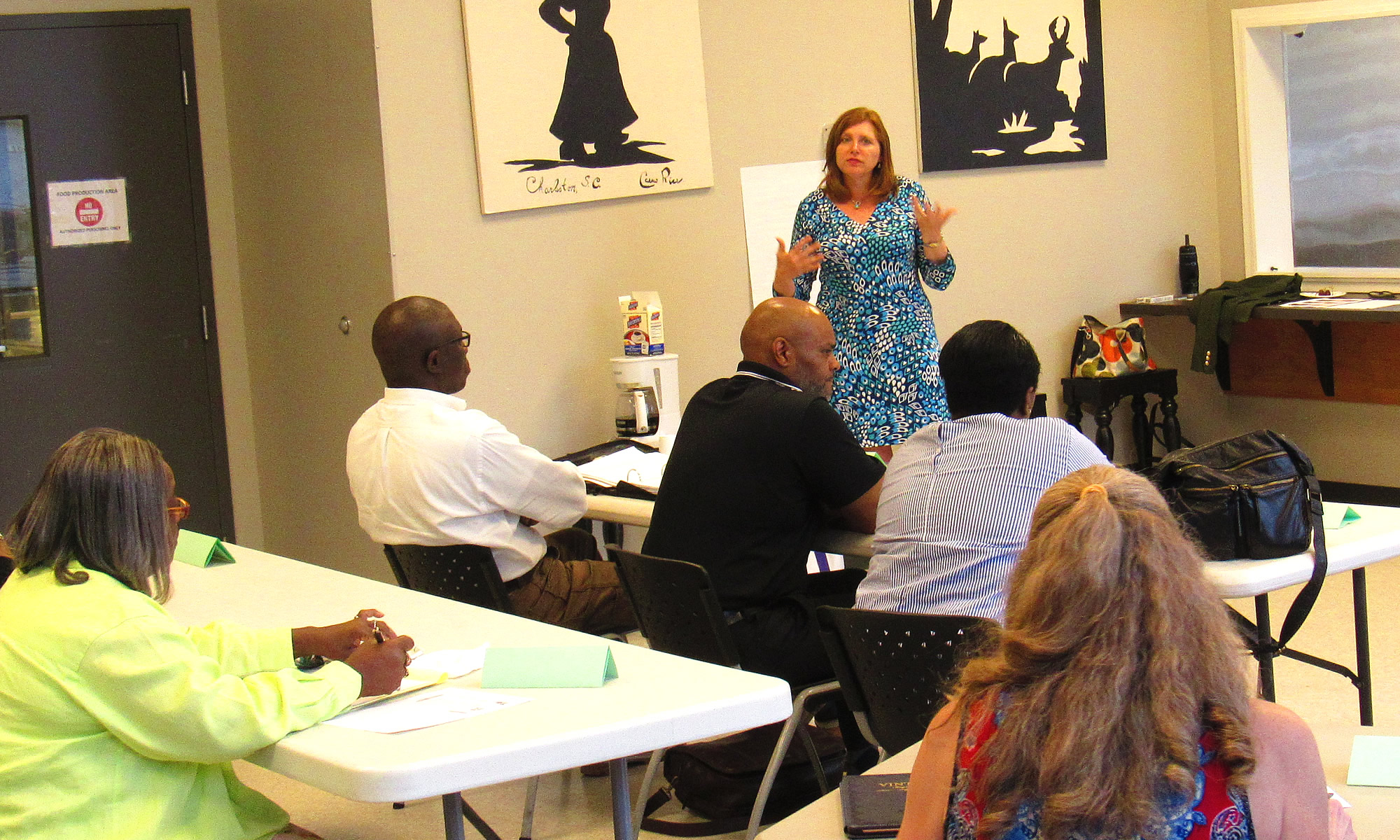
You don’t have to drive too far in the rural Southern tobacco belt to find an old tobacco barn like this one in the middle of a field west of Lake City, S.C.
As photographer Linda W. Brown notes, “It’s interesting to see these old barns that once, at this time of year, would have been surrounded by ripening tobacco and now are not. ‘Forlorn’ is a good adjective to describe it.”
Tobacco once ruled farming in many parts of the Carolinas, Virginia and Kentucky because it was a high-price cash crop. But the production and sale of tobacco in the South has changed dramatically over the last 30 years in the South. Tobacco auctions, quotas and government price supports dominated prior to 2004 when reforms eliminated government intervention into the market and allowed growers to produce as much as they wanted [Learn more]. These days, auctions are rare — with only one in South Carolina according to this story — and growers enter into direct contracts with buyers.
Lake City, which recently started an annual arts festival to inject new life into its community, is in the Pee Dee’s Florence County near Interstate 95 in northeast South Carolina. One in five people in Lake City, population 6,715, is white, while some 77.5 percent of residents are black. The city’s poverty rate is more than 32 percent, according to the U.S. Census. The high poverty rate is a testament to Lake City’s rural nature since its home county, supported by the regional city of Florence, has a 19.4 percent poverty rate.
- QuickFacts from the U.S. Census on Lake City.
- QuickFacts from the U.S. Census on Florence County.
- More on Lake City.
Photo courtesy of Linda W. Brown, 2013. All rights reserved.

